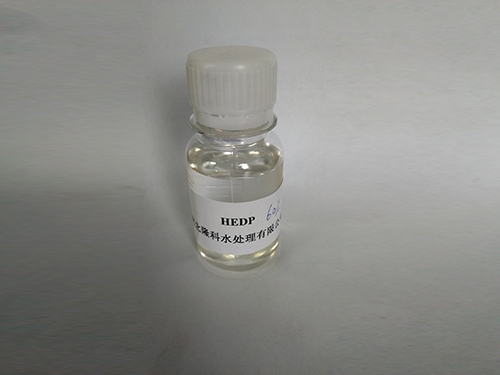polyaluminium chloride solution
Polyaluminium Chloride Solution An Overview
Polyaluminium chloride (PAC) solution is a widely utilized coagulant in water treatment processes. Its effectiveness in purifying water has made it an integral component in both municipal and industrial applications. This article aims to explore the characteristics, applications, and benefits of PAC solution.
PAC is a polymeric aluminum compound, synthesized by the hydrolysis of aluminum chloride. With its distinctive structure, PAC offers several advantages over traditional coagulants such as aluminum sulfate. One of the key properties of PAC is its high charge density, which enhances the coagulation process. This high charge density allows PAC to neutralize the negative charges on suspended particles more effectively, leading to improved floc formation.
The physical characteristics of PAC solutions vary depending on the concentration and preparation method. Typically, PAC solutions are light yellow to colorless, with a concentration that can range from 10% to 50%. The pH level of PAC solutions is generally acidic; therefore, care must be taken during handling and dosing, especially in systems that are sensitive to pH changes.
The applications of PAC solution are diverse. In municipal water treatment, it is primarily used for the clarification of drinking water and wastewater. When used in drinking water treatment, PAC helps to remove turbidity, microorganisms, and organic matter, ensuring that the water meets safety and health standards. In wastewater treatment, PAC aids in the removal of contaminants, including heavy metals and phosphorous, facilitating compliance with environmental regulations.
polyaluminium chloride solution

In addition to water treatment, PAC solution finds application in various industries. For example, in the paper industry, it is employed as a sizing agent, contributing to improved paper quality and strength. In textile manufacturing, PAC is used in dyeing processes to improve the uptake of dyes onto fabrics. Moreover, PAC is utilized in the food industry for clarifying drinks and processing sugar.
One of the significant benefits of using PAC solution is its cost-effectiveness. It requires less dosage compared to conventional coagulants, which not only reduces chemical costs but also minimizes sludge production. This is particularly advantageous in wastewater treatment processes, where excess sludge disposal can be a major operational challenge.
Environmental considerations also play a role in the adoption of PAC. As regulatory pressures increase worldwide regarding the treatment of water and wastewater, PAC’s ability to effectively remove pollutants while generating less sludge makes it an environmentally friendly choice.
In conclusion, polyaluminium chloride solution is a versatile and effective coagulant with a broad range of applications across water treatment and various industries. Its high effectiveness, cost efficiency, and environmental benefits make it a preferred option for many operators seeking to improve their water quality and compliance with regulations. As advancements in water treatment technologies continue, PAC is likely to play an even more prominent role in sustainable water management practices.
-
Understanding Polycarboxylic Acids: Properties, Applications, and Future PotentialNewsJul.28,2025
-
Scale Inhibitor Explained: How to Protect Your System from Limescale and Hard Water DamageNewsJul.28,2025
-
Scale and Corrosion Inhibitors: Essential Chemicals for Industrial Water System ProtectionNewsJul.28,2025
-
Polyaspartic Acid: A Biodegradable Polymer for Sustainable ChemistryNewsJul.28,2025
-
Isothiazolinones: A Versatile Antimicrobial Class with Industrial Power and Regulatory ChallengesNewsJul.28,2025
-
A Deep Dive into 2-Phosphonobutane-1,2,4-Tricarboxylic Acid (PBTC)NewsJul.28,2025





